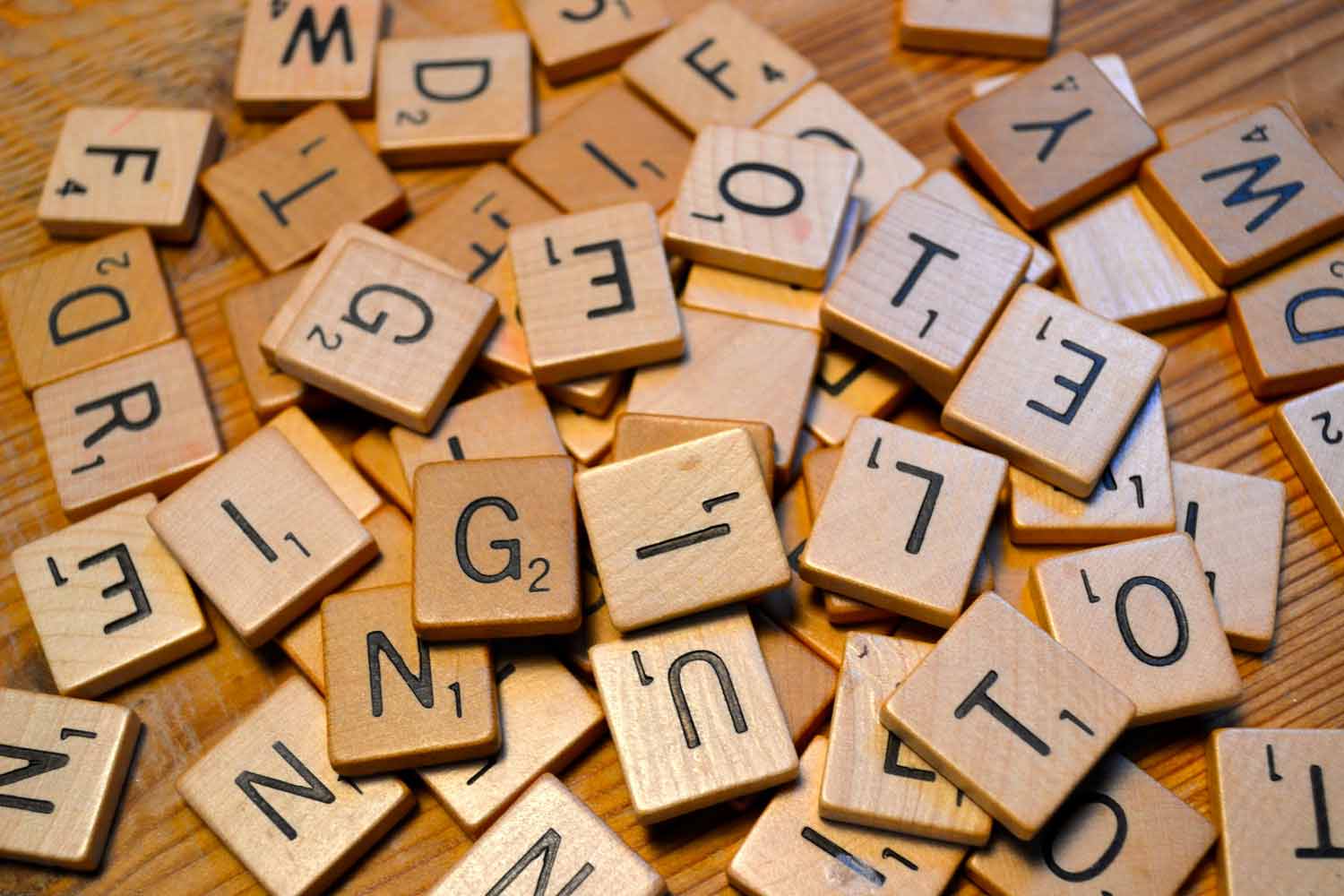Recently, hackers stole nearly 2 million passwords for Facebook, Gmail, Twitter and other popular sites. The data breach places users at risk of identity theft, computer viruses and other types of digital fraud.
Although sometimes there’s very little you can do to protect yourself with a website gets hacked, the latest cyber attacks have revealed shocking new statistics on user passwords. Most of the passwords were revealed to be very easy (and therefore very insecure) words like, well, “password”!
To cut down on your risk of falling victim to cyber crime, it’s very important to use a secure password — and use a different secure password for each of your separate accounts. But how can you create secure, unique passwords you can actually remember? It’s actually not as hard as you think:
Use a Secure Password to Protect Your Online Accounts
The most popular passwords, like 123456, 123456789, or “password,” are chosen because they’re easy to remember. But they’re easy to hack because they contain classic weaknesses: a small number of characters, only one type of character (letters only or numbers only) and no capital letters or symbols.
Even if your password isn’t “password,” though, if it has the same low-variation format, it’s vulnerable password-cracking algorithms.

Sure, the ideal password looks something like gH2*mL3&jkXd. But unless you’re gifted with a particularly good memory, it might be hard to remember if that “j” comes before or after the “&.”
Easy Tip: Think Passphrase, Not Password
That’s why Neal O’Farrell of the Identity Theft Council has a suggestion for making good passwords that humans can actually remember. Don’t use a password. Use a passphrase. As O’Farrell explains:
A passphrase is a short sentence that’s easy for you to remember – that describes something about you and your life, for example – but that a hacker would have a very hard time knowing or guessing.
Then, simply translate that phrase into a random-looking password. Say I’ve chosen for my passphrase: “My 1st car was a black 1996 Buick Regal V6.” Great. Easy for me to remember — I drove that car for several years, and remember every scratch in that black paint job.
Now, I make a password by taking the first letters: M1stcwab1996BRV6. Sixteen characters. A nice mix of upper- and lower-case letters and numbers.
And if I can swap out the “a” for an @, I’ve incorporated a symbol, an aspect which very, very few people use in their passwords.
You don’t have to use your car, of course — O’Farrell’s example used a college graduation date. It’s good password protocol to avoid birthdays and anniversaries, which are too easy to find out about you. But how old you were when you first read your favorite book would do nicely, or the day you adopted your dog — almost anything works!
Try Out a Passphrase Today
Even if you haven’t recently had your password stolen, it’s worth taking the time now to re-secure some of your more sensitive accounts. Take a passphrase for a spin, or let us know your suggestion for other secure password mnemonics in the comments below.
See Also
Has Your Facebook or Email Password Been Stolen? 1 Easy Way to Find Out
The 9 Bad Email Habits That Expose You to Scams and Identity Theft
Identity Theft Watch: Customer Passwords Stolen from Walmart Vudu Video Service



I use a variation of this technique when I teach oldies in the local community how to get on line for e-mail, Skype, on-line banking and shopping etc.
Because you need so many different passwords, I use an easy-to-remember phrase say – blood is thicker than water – bittw. I change the i to a 1 then use the first and last initial of the service I’m accessing. Say it’s RBS, the password would be Rb1ttwS. For Ocado, Ob1ttwO, etc. It works for the oldies without frightening them off the whole idea.
Thanks for the tip, Jim! Glad to know this method is useful for you and the people in your community.